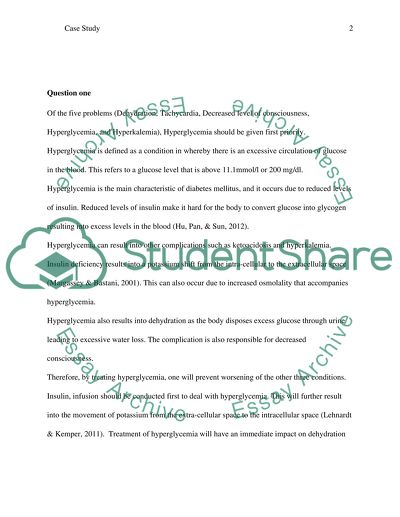Cite this document
(“Unstable angina and Hyperosmolar hypoglycaemic nontetotic Case Study”, n.d.)
Retrieved from https://studentshare.org/nursing/1469458-unstable-angina-and-hyperosmolar-hypoglycaemic-nontetotic
Retrieved from https://studentshare.org/nursing/1469458-unstable-angina-and-hyperosmolar-hypoglycaemic-nontetotic
(Unstable Angina and Hyperosmolar Hypoglycaemic Nontetotic Case Study)
https://studentshare.org/nursing/1469458-unstable-angina-and-hyperosmolar-hypoglycaemic-nontetotic.
https://studentshare.org/nursing/1469458-unstable-angina-and-hyperosmolar-hypoglycaemic-nontetotic.
“Unstable Angina and Hyperosmolar Hypoglycaemic Nontetotic Case Study”, n.d. https://studentshare.org/nursing/1469458-unstable-angina-and-hyperosmolar-hypoglycaemic-nontetotic.


